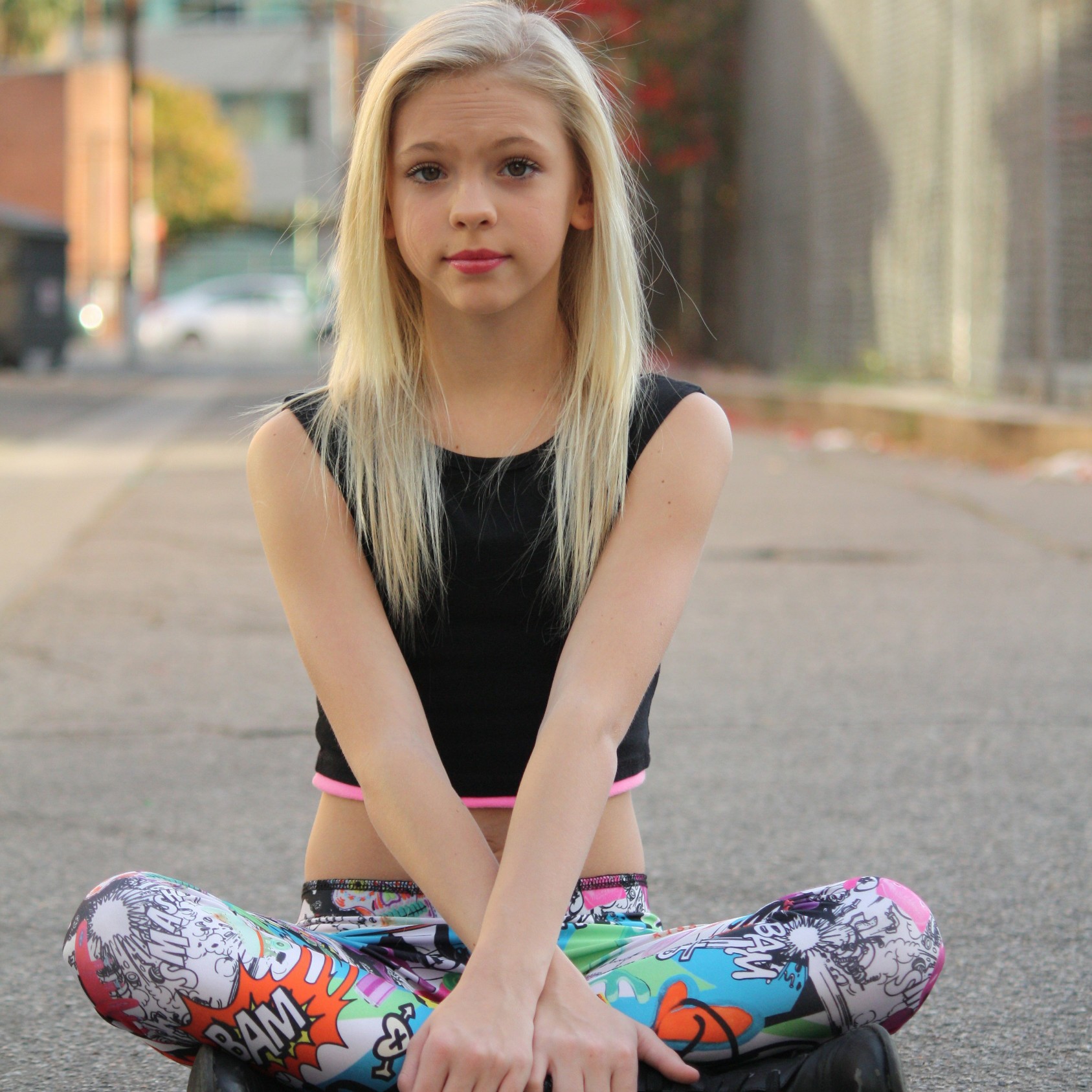

Remember that our function estimates PCA components from our training data and then applies those to our testing data. It is linear, unsupervised, and makes new features that try to account for as much variation in the data as possible. Let’s start with principal component analysis, one of the most straightforward dimensionality reduction approaches. Scale_color_distiller(palette = "BuPu", direction = 1) + Geom_autopoint(aes(color = weeks_on_chart), alpha = 0.4, size = 0.5) +įacet_matrix(vars(-weeks_on_chart), layer.diag = 2) + Mutate(weeks_on_chart = log(weeks_on_chart)) %>% Let’s still start by splitting our data into training and testing sets, so we can estimate or traing our preprocessing recipe on our training set, and then apply that trained recipe onto a new set (our testing set).
#Top 100 models how to
I typically show how to use a data preprocessing recipe together with a model, but in this post, let’s just focus on recipes and how they work. Recipes to implement this kind of analysis. Within the tidymodels framework, dimensionality reduction is a feature engineering or data preprocessing step, so we use My post today walks through a more brief and basic outline of some of the material from that chapter. In our book Tidy Modeling with R, we recently published a chapter onĭimensionality reduction. That popularity metric isn’t really an audio feature of the song per se, but it might be helpful to have such a feature as we understand more how dimensionality reduction works.

It looks like only spotify_track_popularity is really at all correlated with weeks_on_chart. Network_plot(colours = c("orange", "white", "midnightblue")) There are other features available from Spotify as well, such as “danceability” and “loudness.” library(corrr) Pop songs like those on the Billboard chart are overwhelming in 4/4! Geom_histogram(alpha = 0.5, position = "identity") + Ggplot(aes(tempo, fill = factor(time_signature))) + billboard_joined %>%įilter(tempo > 0, time_signature > 1) %>% Some of the features we now have for each song are characteristics of the song like the time signature (3/4, 4/4, 5/4) and the tempo in BPM. # time_signature, spotify_track_popularity, weeks_on_chart # instrumentalness, liveness, valence, tempo , # loudness, mode, speechiness, acousticness ,

# spotify_track_album, danceability, energy, key , # spotify_track_duration_ms, spotify_track_explicit , # … with 24,385 more rows, and 17 more variables: # 9 'Til Sum… Keith Urb… 'Til … ['australian … 1CKmI1IQjVEVB3F… # 8 'Til My … Luther Va… 'Til … ['funk', 'mot… 2R97RZWUx4vAFbM… … # 7 'til I C… Tammy Wyn… 'til … ['country', '… 0aJHZYjwbfTmeyU… … # 6 '65 Love… Paul Davis '65 L… ['album rock'… 5nBp8F6tekSrnFg… … # 5 '03 Bonn… Jay-Z Fea… '03 B… ['east coast … 5ljCWsDlSyJ41kw… # song_id performer song spotify_genre spotify_track_id spotify_track_pr… Something to keep in mind! billboard_joined %įilter(!is.na(spotify_track_popularity)) %>% We don’t have Spotify features for all the songs, and it’s possible that there are systematic differences in songs that we could vs. could not get Spotify data for. Now let’s join this with the Spotify audio features (where available). # 9 '98 Thug ParadiseTragedy, Capone, Infinite 5 # 7 '03 Bonnie & ClydeJay-Z Featuring Beyonce Knowles 23 # 2 ❽ònde Està Santa Claus? (Where Is Santa Claus?)Augie Rios 4 # 1 -twistin'-White Silver SandsBill Black's Combo 2 Summarise(weeks_on_chart = max(weeks_on_chart). Our modeling goal is to use dimensionality reduction for features ofīillboard Top 100 songs, connecting data about where the songs were in the rankings with mostly audio features available from Spotify.
#Top 100 models code
Here is the code I used in the video, for those who prefer reading instead of or in addition to video.


 0 kommentar(er)
0 kommentar(er)
